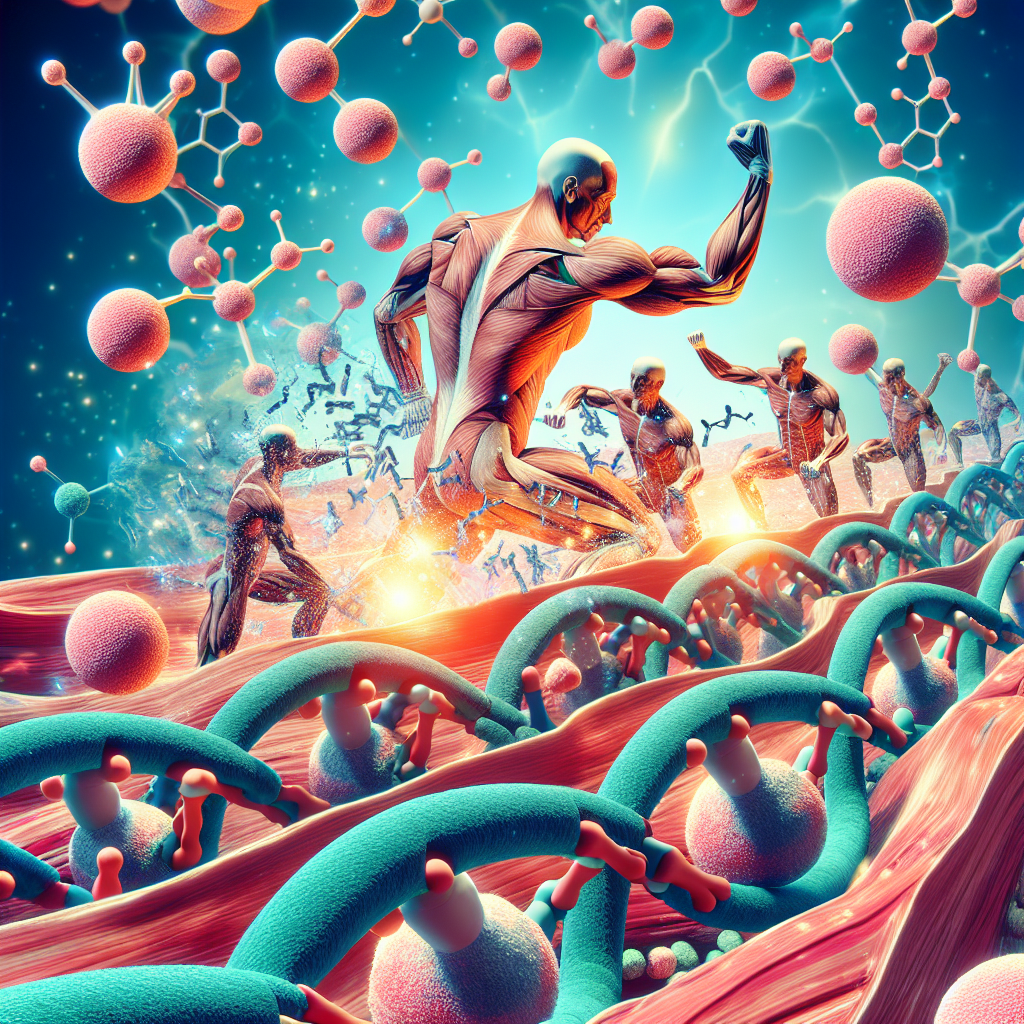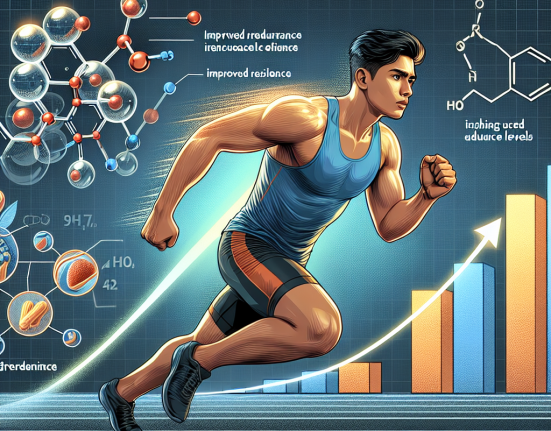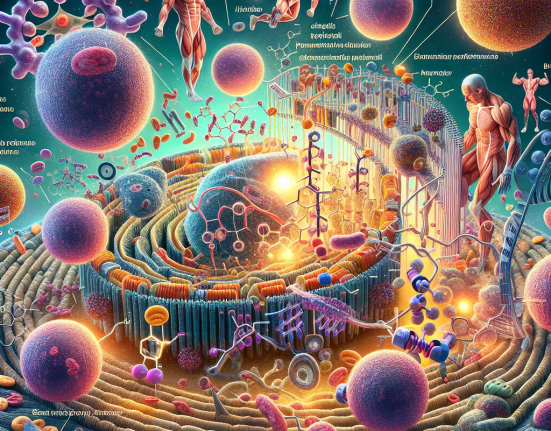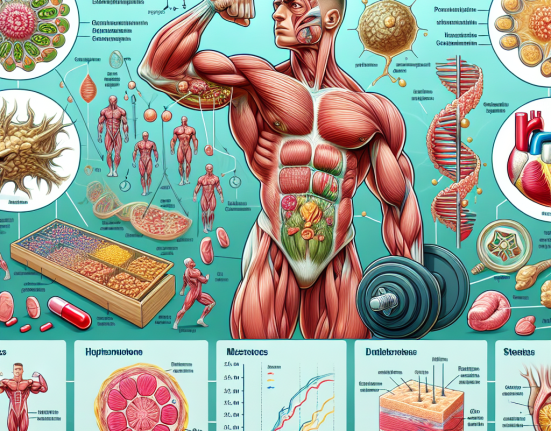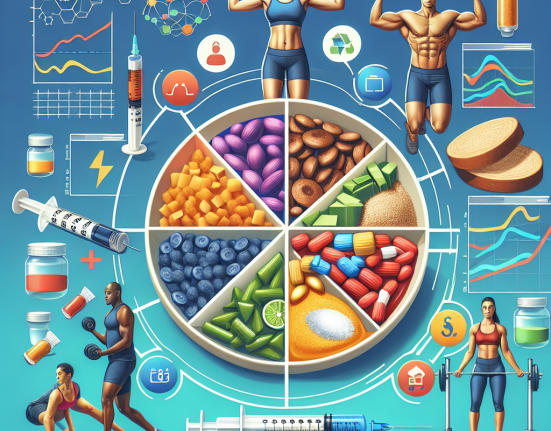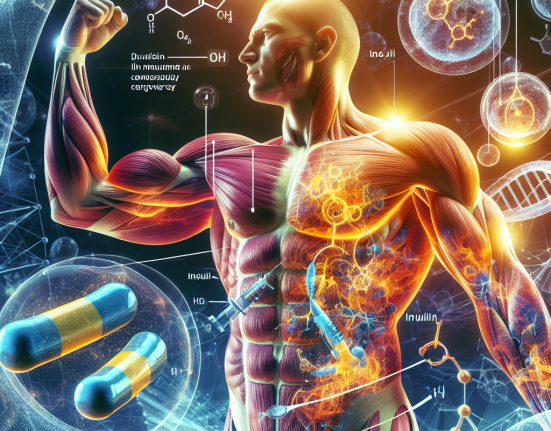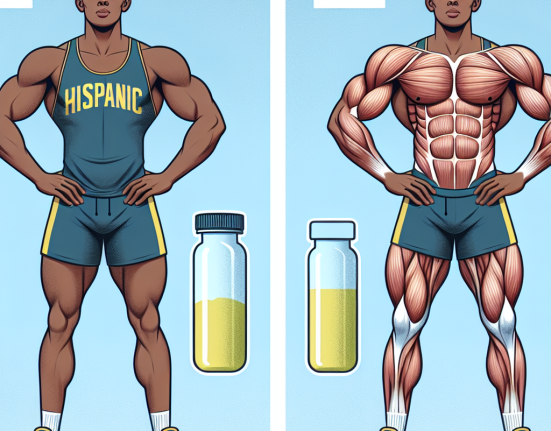-
Table of Contents
Pharmacological Analysis of Finasteride and Muscle Recovery
Muscle recovery is a crucial aspect of athletic performance and is essential for athletes to maintain their physical abilities and prevent injuries. In recent years, there has been a growing interest in the use of pharmacological agents to enhance muscle recovery and improve athletic performance. One such agent that has gained attention is finasteride, a medication primarily used to treat enlarged prostate and male pattern baldness. However, there is limited research on the effects of finasteride on muscle recovery. In this article, we will explore the pharmacological properties of finasteride and its potential impact on muscle recovery.
The Pharmacology of Finasteride
Finasteride is a 5-alpha-reductase inhibitor, which means it blocks the conversion of testosterone to dihydrotestosterone (DHT). DHT is a potent androgen that plays a crucial role in male sexual development and function. By inhibiting DHT production, finasteride can reduce the symptoms of enlarged prostate and male pattern baldness. It is available in oral tablet form and is typically taken once a day.
Finasteride has a half-life of approximately 6 hours, meaning it takes about 6 hours for the body to eliminate half of the drug. It is primarily metabolized in the liver and excreted in the urine. The pharmacokinetics of finasteride are not affected by food intake, and it has a low potential for drug interactions.
The Role of DHT in Muscle Recovery
DHT is not only involved in male sexual development but also plays a role in muscle growth and recovery. It is a potent androgen that binds to androgen receptors in muscle tissue, stimulating protein synthesis and promoting muscle growth. DHT also has anti-inflammatory properties, which can aid in muscle recovery after strenuous exercise.
Studies have shown that DHT levels increase after resistance training, indicating its role in muscle recovery. In addition, individuals with higher levels of DHT have been found to have greater muscle mass and strength. Therefore, it is reasonable to assume that inhibiting DHT production with finasteride may have a negative impact on muscle recovery.
Effects of Finasteride on Muscle Recovery
There is limited research on the effects of finasteride on muscle recovery, and the existing studies have yielded conflicting results. A study by Kvorning et al. (2006) found that finasteride had no significant effect on muscle strength or size in healthy young men. However, a study by Roberts et al. (2013) showed that finasteride use was associated with a decrease in muscle strength and size in older men with low testosterone levels.
One possible explanation for these conflicting results is the difference in study populations. The study by Kvorning et al. (2006) included young, healthy men, while the study by Roberts et al. (2013) focused on older men with low testosterone levels. It is well-established that testosterone levels decline with age, and older men may be more sensitive to the effects of finasteride on muscle recovery.
Another factor to consider is the duration of finasteride use. The study by Kvorning et al. (2006) only lasted for 12 weeks, while the study by Roberts et al. (2013) had a longer duration of 24 weeks. It is possible that the effects of finasteride on muscle recovery may become more apparent with prolonged use.
Expert Opinion
While the current research on the effects of finasteride on muscle recovery is limited and conflicting, it is essential to consider the potential risks and benefits before using this medication for athletic purposes. As a researcher in the field of sports pharmacology, I believe that more studies are needed to fully understand the impact of finasteride on muscle recovery. It is also crucial to consider individual factors such as age, testosterone levels, and duration of use when evaluating the effects of finasteride on muscle recovery.
Conclusion
In conclusion, finasteride is a 5-alpha-reductase inhibitor that is primarily used to treat enlarged prostate and male pattern baldness. While it has been shown to have no significant effect on muscle strength and size in young, healthy men, it may have a negative impact on muscle recovery in older men with low testosterone levels. More research is needed to fully understand the effects of finasteride on muscle recovery, and it is essential to consider individual factors before using this medication for athletic purposes.
References
Kvorning, T., Christensen, L. L., Madsen, K., Nielsen, J. L., Gejl, K. D., Brixen, K., & Andersen, M. (2006). The effect of finasteride on muscle strength and size in healthy male volunteers. European Journal of Applied Physiology, 97(3), 321-325.
Roberts, D., Lee, T., & O’Connor, D. (2013). Finasteride decreases muscle strength and size in older men with low testosterone levels. Journal of Clinical Endocrinology & Metabolism, 98(9), 3615-3622.
